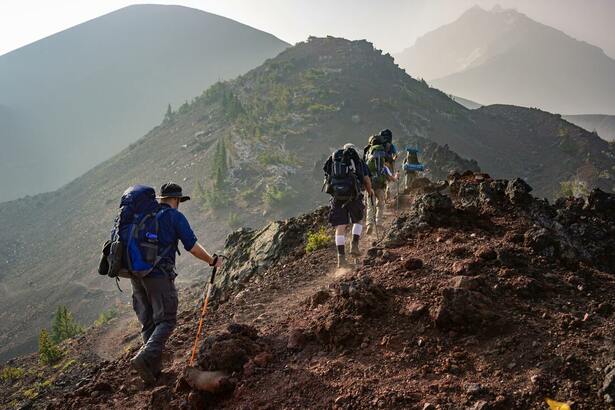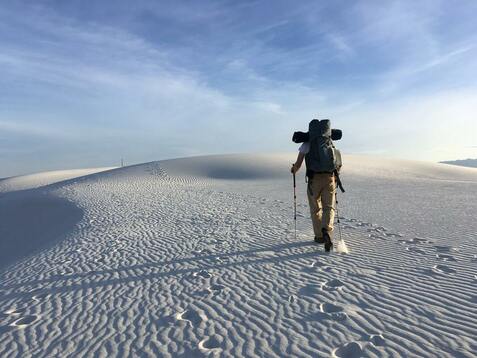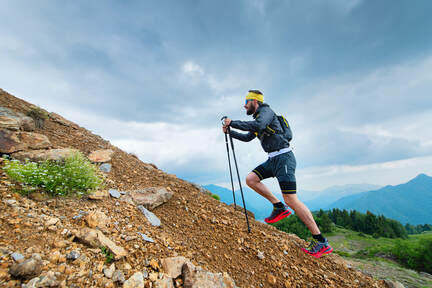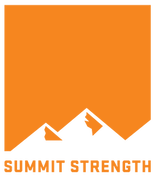|
If you are Training For A Trek, nothing can substitute for actually getting time actually hiking on the trail. Its specific, it's fun and it gets you out of the gym! But a lot of trekkers fall short with this type of training and really don't make the most of its potential benefits. With a little thought, a little planning and a little organisation, you can turn your trek training into an incredibly effective tool to help you towards a safe, enjoyable and successful adventure. Here are four principles to make the most out of your trek training... #1: Planning Your Trek TrainingThe most important principle when it comes to trek training is planning ahead. With a little foresight, you can turn your hiking from a nice day out into an effective workout routine. Here are a few rules of thumb to follow: Progression When we do any type of training, we are simply stimulating the body to adapt. But the body does get used to things very quickly... And if the body is not provided with enough stimulus, it will simply stay the same (and you won't get any fitter) To stop this happening, trekkers must follow the principle of progression with their trek training. Which means each training trek should get longer/harder then the next. Start Slow and Build If you haven't exercised in a while, jumping straight into a 20km hike probably isn't the best idea... Not only are you going to hate it, but you are putting yourself at an unnecessary risk of injury. Start your training with hikes that you KNOW will be easy to achieve. And then slowly build up from there. Plan Your Longest Hike You should know how long your furthest day on your trek will be (if not, go look it up now.). Get out a calendar. Two weeks before you leave on your trek, you should be hiking (at least) this distance. I suggest you schedule this in for yourself right now. #2: Include Technical Skills Every trek is unique. And every trek comes with its own specific demands. An absolute MUST is to research these demands and then practice them in your training. Because it will come as a rude shock if you have simply been training on flat terrain, but you have hundreds of metres of elevation to tackle... Here are some common examples: Night Hiking If you are planning on watching the sunrise on your summit day, more then likely you will be doing some night hiking. This type of hiking comes with its own particular challenges. You will be tired. You will barely be able to see. And you will be at a MUCH higher risk of injury. So you really do need to include some night hiking in your preparation. Example workout:
*Always do this with someone else and don't go too remote! Stair Climbing If your trek has any type of elevation you should expect plenty of stairs to climb. These will take a particular toll on your body and they really can wear you out quickly... so you need to get used to them! Example workout:
*If you cant find any stairs nearby, an office block or apartment tower are good options. River Walking Does your trek have lots of river crossings? Well then you better get used to them! River walking can be a serious challenge. And one easy way of ending ruining a trek, is to slip, fall and injure something... So practicing this should be made a priority. And this is also a great time to test out your footwear in the water. Example workout:
#3: Overload Occasionally Once a month you should plan in a TOUGH training session. This session is what is known as an 'overload' or 'over-reach' session. In which you push the body a lot harder then usual in order to give it some extra stimulus to adapt. Common examples here include: Hill Intervals Great for fitting a large amount of work into a short amount of time. Example workout:
Loaded pack carries Not only should you be used to your pack weight you will be bringing on your trek, but you should be training with even MORE. Example workouts:
*When doing this, avoid using weights plates or dumbbells in your pack. Instead try to spread your load. A combination of water bottles and towels for padding is a good option here. Steep/difficult treks If your regular trek training is fairly flat, this is a good option for you.
PLEASE NOTE: Adding these sessions to your program can be effective. But they MUST be followed with effective recovery protocols. Because the body does not adapt when you train. But it adapts when you recover. Examples here include (e.g. pool walking, yoga, gentle walking, stretching, foam rolling etc). #4: Test Your GearUse your trek training as an opportunity to test any gear you are planning on using. You should be trying to replicate the conditions as closely as you can to your actual trek. So it doesn't make much sense to be doing your trek training in sneakers when you will be wearing full boots on the mountain... Things that should be tested here include:
So you should now understand that planning your Trek Training is a little more complicated then you first thought... But with a little thought and foresight, you can turn this into an incredibly effective tool to help you towards a safe, enjoyable and successful trek. Want to get
|
AuthorRowan is a personal trainer who specialises in training for hiking, trekkers and mountaineers for their bucket list adventures. Archives
July 2024
Categories
All
|
AboutSummit Strength is a personal training for hiking service created specifically to help hikers have the best chance of a safe, enjoyable and successful adventure.
|
Company |
Services |
|
|
© COPYRIGHT 2018. ALL RIGHTS RESERVED.
|
Website Design by My Personal Trainer Website
|






 RSS Feed
RSS Feed
